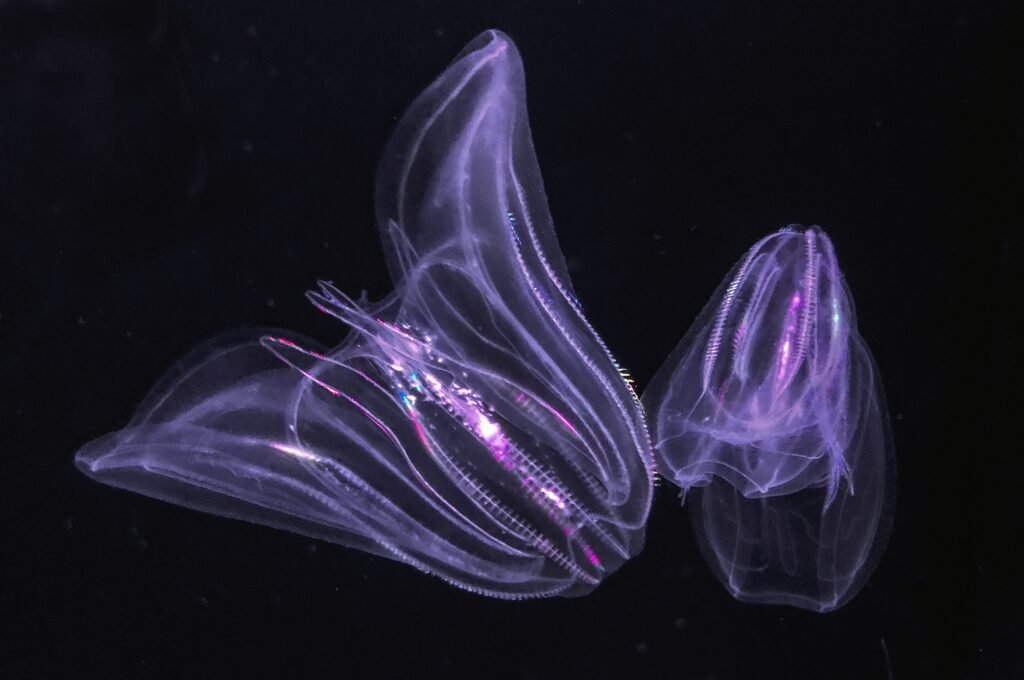EarthCARE satellite launched to investigate how clouds affect climate
The European Space Agency (ESA) and Japan Space Agency (JSA) launched the EarthCARE satellite at Vandenberg Space Force Base in Lompoc, California. It was launched today in the early morning on May 29, 2024, by a SpaceX Falcon 9 rocket.
This launched satellite aims to examine the potential contribution of clouds to climate change. ESA and JAXA collaborated to develop the EarthCARE satellite to launch on the SpaceX Falcon 9 rocket.
ESA also shared the launched video of the EarthCARE satellite. They stated this satellite will help them understand how clouds and aerosols affect the Earth’s climate system dynamics. However, the EarthCARE satellite is a two-ton spacecraft that will orbit the Earth at about 400 kilometers of height.
ESA Director Josef Aschbacher stated the EarthCARE launch serves as a reminder that space exploration extends beyond the study of far-off planets and galaxies. He said this launch is about understanding their beautiful but fragile Earth.
Clouds come in many shapes, sizes, and types, including cumulus, cirrus, and cumulonimbus. Cumulus are common types of clouds that form near Earth’s surface. However, cirrus clouds are hair-like clouds located at high altitudes.
Dominique Gillieron is chief of the ESA’s department for Earth observation projects. He said that the composition of clouds depends on where they are in the troposphere, the Earth’s lowest layer of atmosphere.
According to Dominique, clouds are one of the main contributors to climate change and one of the least understood. The troposphere starts about 18 km above the equator and ends around 8 km above the polar regions. Hence, this shows that the altitude and latitude of clouds have varying effects on climate.
Dominique also said water droplet-based cumulus clouds are located lower and white. They work like a shield, sending the sun’s rays back into space and cooling the atmosphere.
However, cirrus clouds are higher and made of ice crystals, which let the sun’s rays reach Earth and warm it up. These clouds then trap the heat like a blanket.
Read More:
- Sea creature turns into a baby when it is stressed out showing time travel
- Realme Narzo 70 Turbo 5G launch date, features, specifications & price
- European Space Agency printed 3D metal part in space for first time
- Earth’s mysterious Alaska triangle where over 20,000 people disappeared
- Philips Hue launched a new smart lighting solution for kitchen
- NASA to launch life-searching spacecraft to Jupiter’s moon Europa
Share this content:










Post Comment